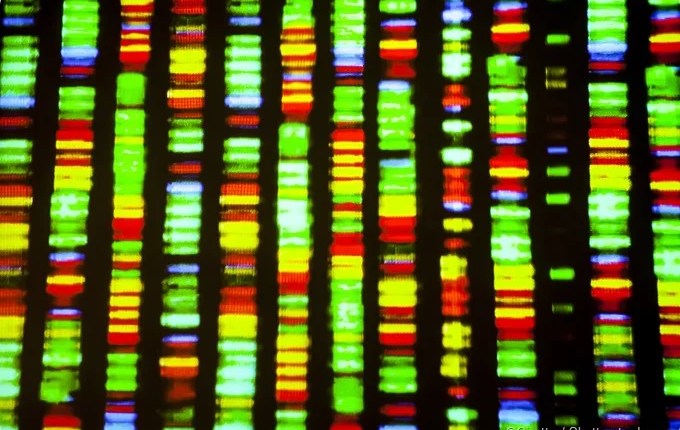In an article written on Science.org by Benjamin Powers, he explores how a team of roboticists at Columbia University has harnessed the power of artificial intelligence (AI) to determine whether fingerprints from different fingers belong to the same individual. Traditionally, fingerprint identification has relied on the assumption that the ridges on a person’s fingertips create unique and unchanging patterns. However, the study led by Hod Lipson and his colleagues reveals surprising similarities in prints from different fingers.
The researchers employed a neural network, a program mimicking the human brain’s circuitry, to analyze synthetic images and real fingerprints. Trained on half a million synthetic images and 53,315 fingerprints from 927 individuals, the AI was tasked with matching an “anchor” print to a “positive” print from a different finger of the same individual and a “negative” print from another person. The system demonstrated a 77% accuracy in identifying prints from the same person, surpassing the expected 50% chance.
While the study sheds light on the surprising uniformity in fingerprint patterns across different fingers, questions are raised about the practicality and foolproof nature of applying this AI-driven technique in real-world forensic scenarios. Simon Cole, a sociologist and historian at the University of California, Irvine, voices concerns about the complexities involved in conclusively determining that two prints originate from the same skin, particularly in the context of latent prints with potential imperfections.



Comments are closed.